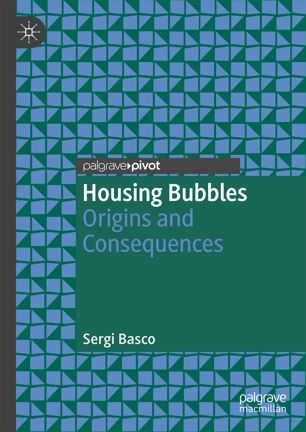

Most ebook files are in PDF format, so you can easily read them using various software such as Foxit Reader or directly on the Google Chrome browser.
Some ebook files are released by publishers in other formats such as .awz, .mobi, .epub, .fb2, etc. You may need to install specific software to read these formats on mobile/PC, such as Calibre.
Please read the tutorial at this link: https://ebookbell.com/faq
We offer FREE conversion to the popular formats you request; however, this may take some time. Therefore, right after payment, please email us, and we will try to provide the service as quickly as possible.
For some exceptional file formats or broken links (if any), please refrain from opening any disputes. Instead, email us first, and we will try to assist within a maximum of 6 hours.
EbookBell Team

5.0
58 reviews“This book provides an accessible, yet formal framework to understand how housing bubbles arise, their international dimension, their consequences, and ways to prevent them.”
Òscar Jordà, University of California, Davis, USA
“Basco’s analysis blends, in a very rigorous but enjoyable manner , state-of-the-art theory and historical examples, adding also a very timely and valuable set of policy orientations.”
Óscar Arce, Director General, Banco de España, Madrid, Spain
Booms and busts of house prices are a recurrent feature throughout history. This book provides a comprehensive overview of the origins and economic consequences of these housing bubbles. The book starts with a formal definition of asset price bubbles and a summary of the most famous episodes, before describing how economists have thought about asset price bubbles; specifically behavioral vs. rational interpretations. These theories are applied to the special case of housing and the same framework is used to explain the implications of financial globalization for capital flows and housing bubbles. After analyzing its origins, the economic consequences of housing bubbles for both households and firms are derived and documented. The final sections are devoted to discussing the effects of financial crises and explain how financial regulation could mitigate the emergence of future housing bubbles. Case studies of the recent housing bubbles in the United States and Spain are also featured in the book.
This book will be of value to advanced undergraduate macroeconomic courses, as well as researchers in international economics and macroeconomics and policy makers.